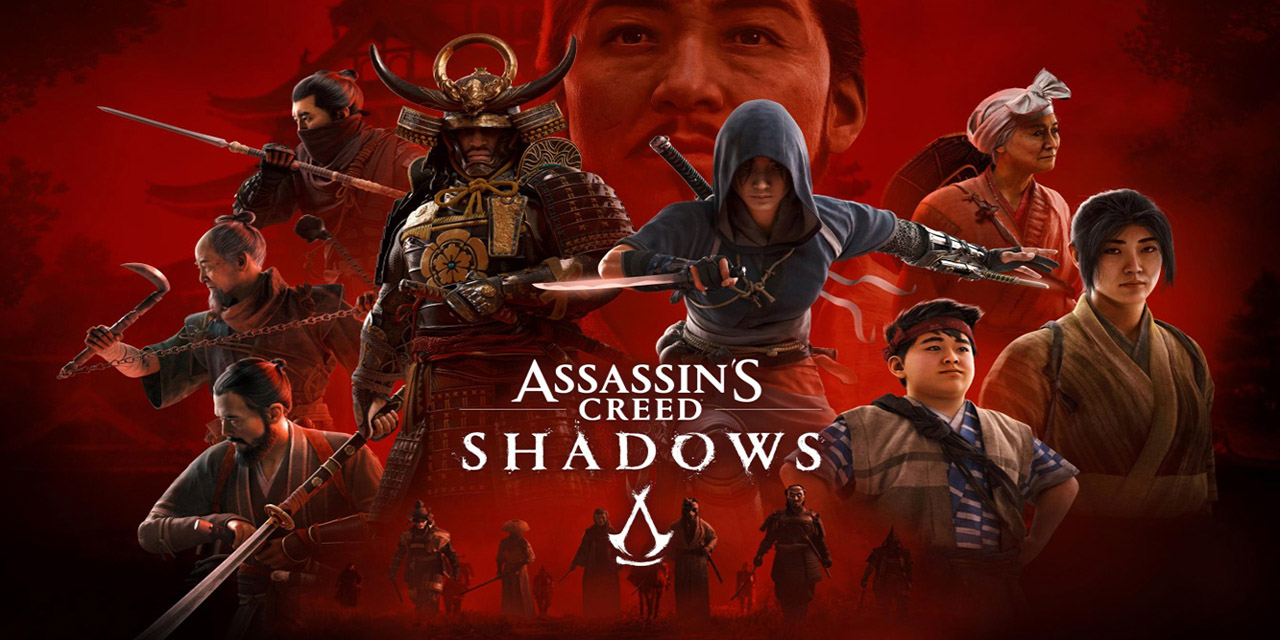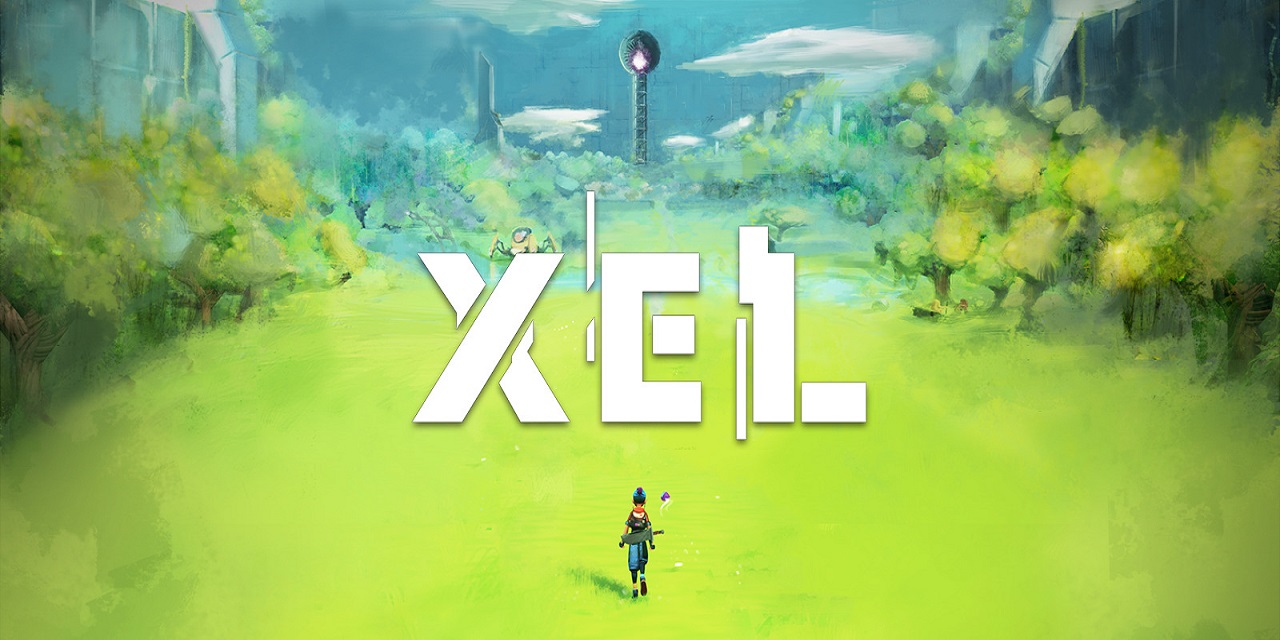Assassin’s Creed Shadows is another excellent entry from Ubisoft into the long-running franchise after following the success of Assassin’s Creed Mirage last year. The game masterfully brings historical feudal Japan period to life, creating a visually stunning and immersive world that is a joy to explore. From the meticulously detailed architecture of ancient castles and bustling towns to the tranquil beauty of traditional gardens and landscapes shaped by changing seasons, the visual representation of feudal Japan is exceptional. The addition of dual protagonists and the village building aspect is an interesting but welcome deviation from the tried and tested previous games. I also greatly appreciated being able to flick through the Assassin’s Creed series timeline and load other games in the franchise if you had them installed which was an excellent touch.
One of the more compelling aspects of Assassin’s Creed Shadows is the narrative structure, which allows players to experience the story through the perspectives of two distinct protagonists: Naoe, a skilled shinobi assassin, and Yasuke, a powerful African samurai. This dual-protagonist approach offers a refreshing and engaging way to experience the unfolding events. As you progress the story and jump between timelines, you will play as Naoe or Yasuke, allowing you to witness different facets of their conflicts and gain a more comprehensive understanding of the political and personal struggles within the game’s world.
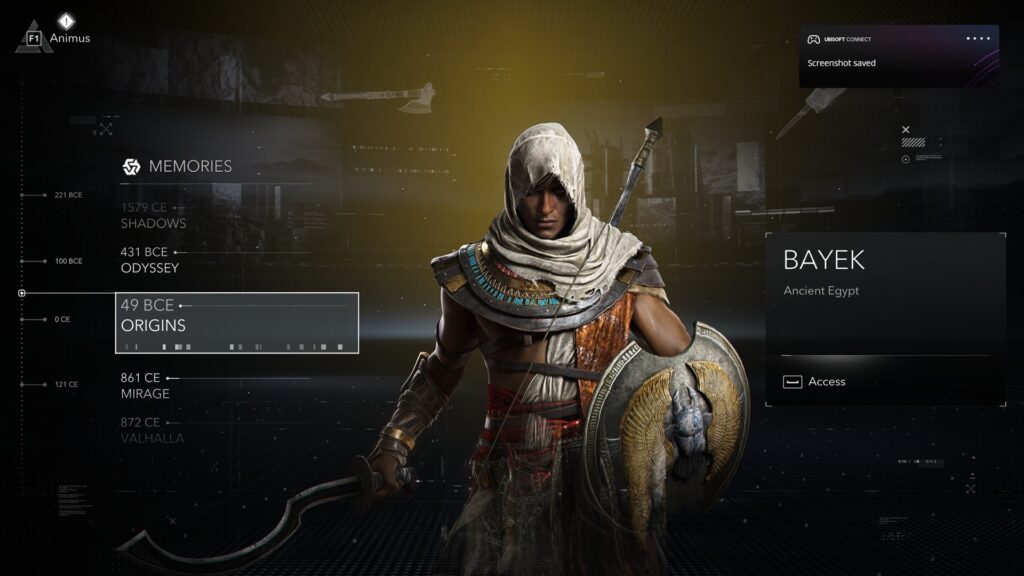
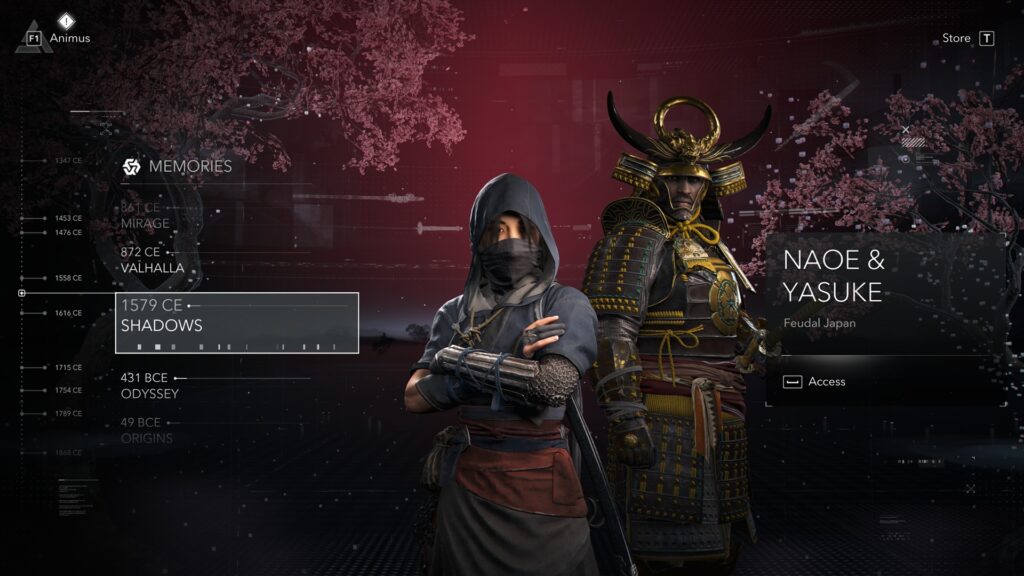
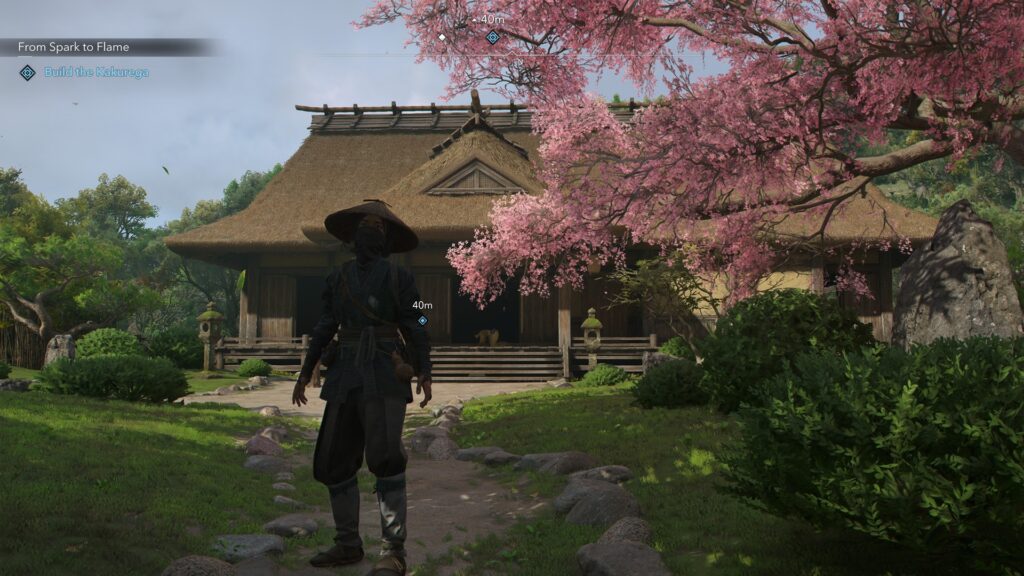
The facial features and animations of all character models in Assassin’s Creed Shadows is truly excellent. Both Naoe and Yasuke are rendered with impressive detail, from their intricate clothing and weaponry to their facial expressions and movements. The attention to detail extends to the subtle nuances of their animations, which effectively convey their respective fighting styles and personalities. The visual quality of the characters is further enhanced as you loot and unlock new weapons and armour which enhances the immersion in the period and setting. The way the environments transition between seasons is another visual treat. But it’s not just visuals, the sound design when you are running through bushes, or the crunch of snow underfoot is outstanding for the immersion factor.
Beyond the visuals, the gameplay in Assassin’s Creed Shadows is solid and offers distinct experiences for each protagonist. Naoe’s gameplay emphasises stealth and agility, allowing players to utilise the shadows, environmental distractions, grappling hook, and a variety of shinobi tools to infiltrate enemy strongholds and eliminate targets with precision. Her gameplay feels fluid and responsive, encouraging a tactical approach to missions. I always start encounters in stealth but invariably get caught or make too much noise, but Naoe’s agility could still get me out of trouble or at least create some space between me and the enemy to get a new angle on them.
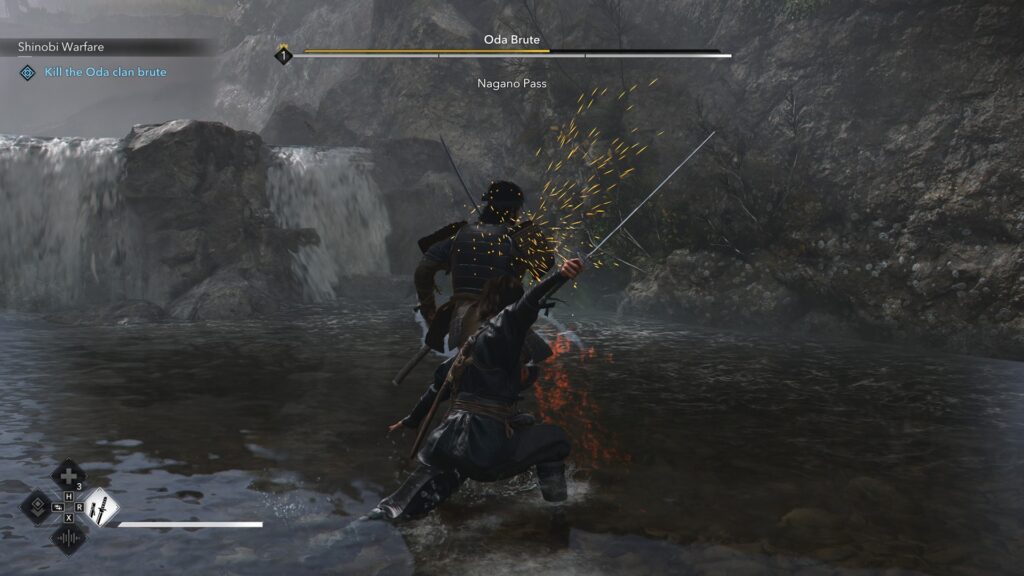
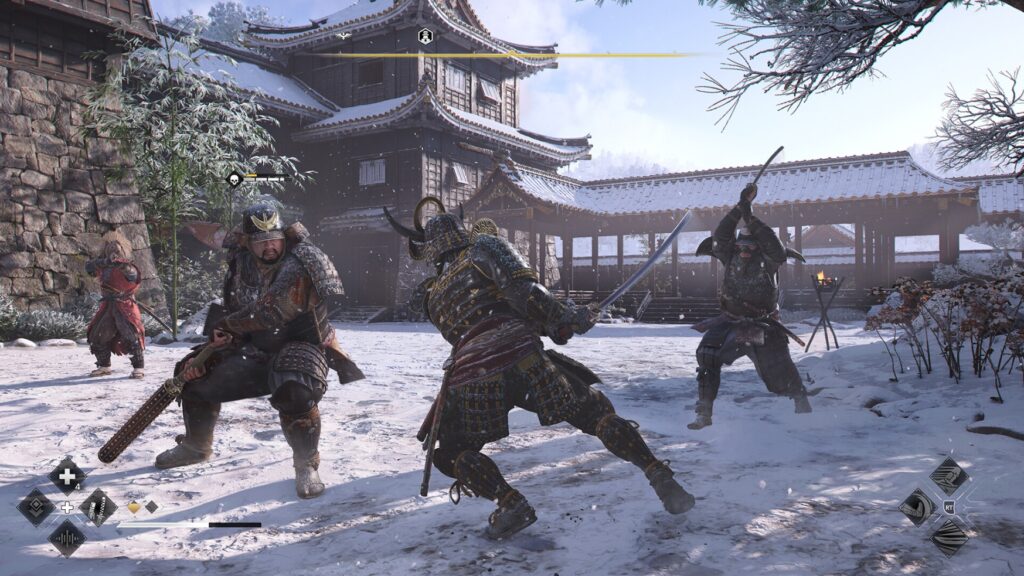
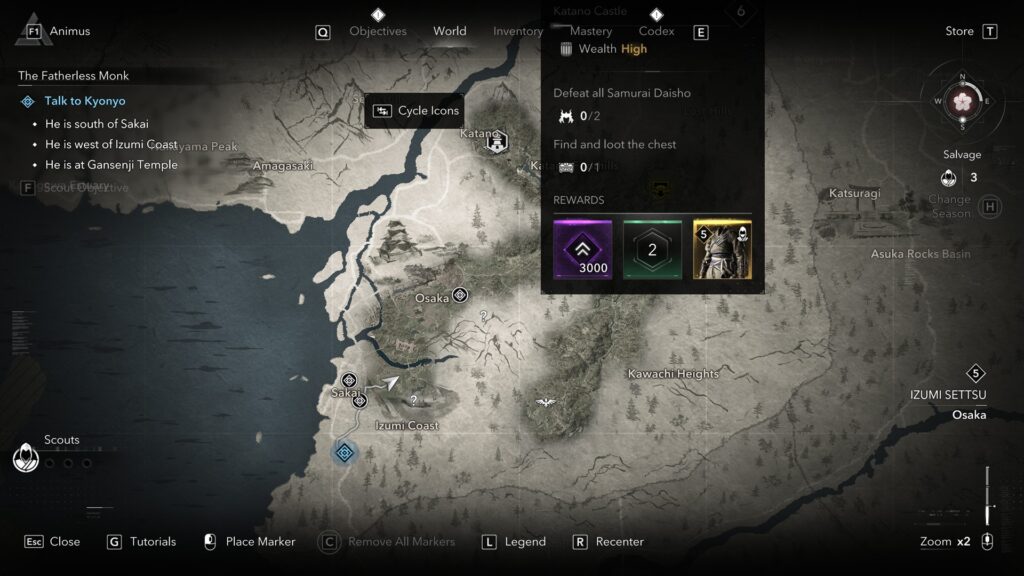
Yasuke’s gameplay focuses on direct combat and brute force. As a samurai, his approach is more about engaging enemies head-on with a powerful arsenal of weapons. His combat feels impactful and visceral, with a focus on parrying, blocking, and delivering devastating strikes. The differences in their combat styles provide a welcome variety in gameplay, ensuring that players can tailor their experience to their preferred approach. This was helpful to also change the pace of the game as Naoe’s story, albeit emotional and riveting, was an appropriately slower pace.
One aspect of Assassin’s Creed Shadows that I found extremely good was the quality-of-life feature by simply holding the ‘E’ key on a character to auto-follow them. This seemingly small addition drastically enhances missions that involve following an NPC or engaging in conversations while moving. There are so many games where you must keep inching forward, bumping into the narrative character so that you don’t overshoot them, or getting impatient and rushing forward but risking missing out on the dialogue. This auto-following is a brilliant addition, and I wish more games could take this leaf out of Ubisoft’s book.
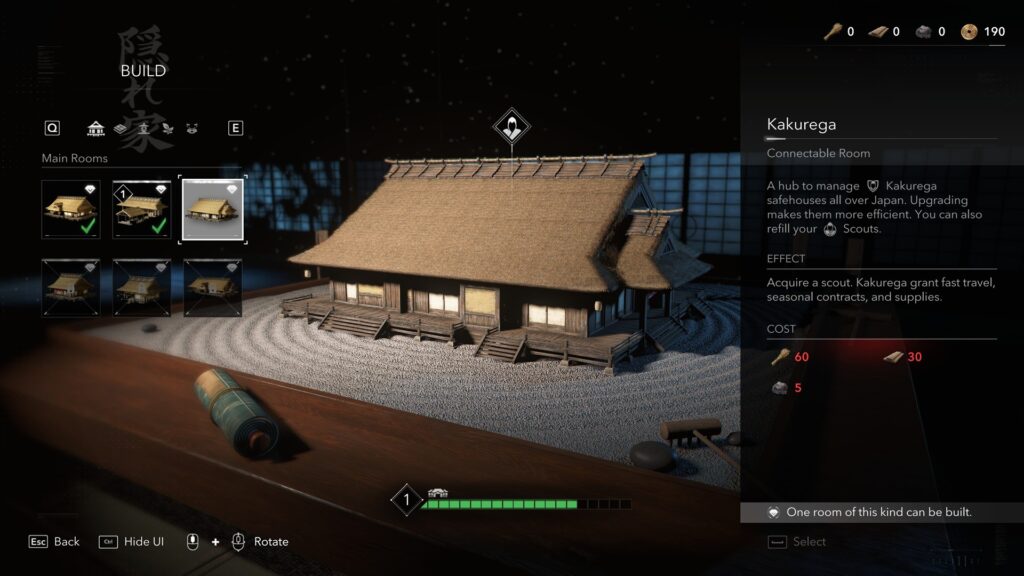
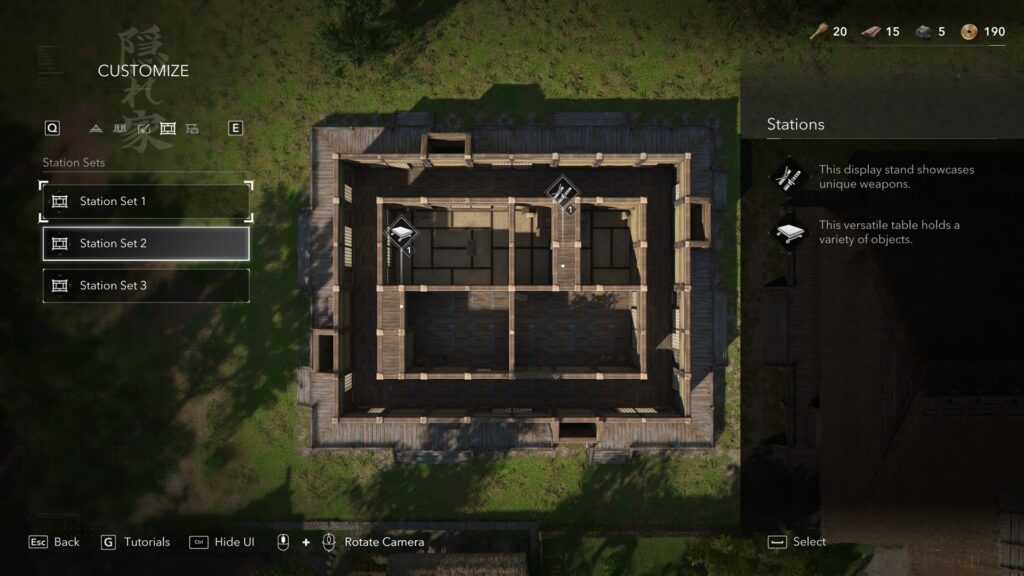
Assassin’s Creed Shadows introduces the recruitment of allies and the establishment of a village hideout. Players build their shinobi league by recruiting individuals with unique skills, often through completing quests. This network of allies supports the development of a central village hub. The village building mechanics offer surprising depth, including the ability to customise stations within certain rooms. For example, you can add a rack to display armour sets you aren’t wearing or spare weapons you have collected. You can customise various aspects of each building, including the roof and wall materials and create pathways between buildings, place lanterns, and decorate the hideout in many ways. More decorations can be unlocked either by purchasing them from vendors or found within chests and other lootable objects. It’s a cool feature that again changes the pace from the emotional stories, lengthy stealth sequences, and the brutal blood-thirsty combat.
Overall, Assassin’s Creed Shadows has built on the success of Assassin’s Creed Mirage in several ways. The exceptional representation of feudal Japan was always going to win me over. Add to this the engaging stories for both Naoe and Yasuke, village building mechanics, and solid and varying gameplay for the two characters, provides the player plenty of variety in gameplay and pacing. If you are a fan of the smaller sized but still open-world entries in the series, and you have a similar love for feudal Japan, this is an easy recommend.
This review utilised a PC key provided by Ubisoft ANZ and Assassin’s Creed Shadows is available now on Steam, Ubisoft Connect, Xbox and PlayStation.
#roundtablecoop

